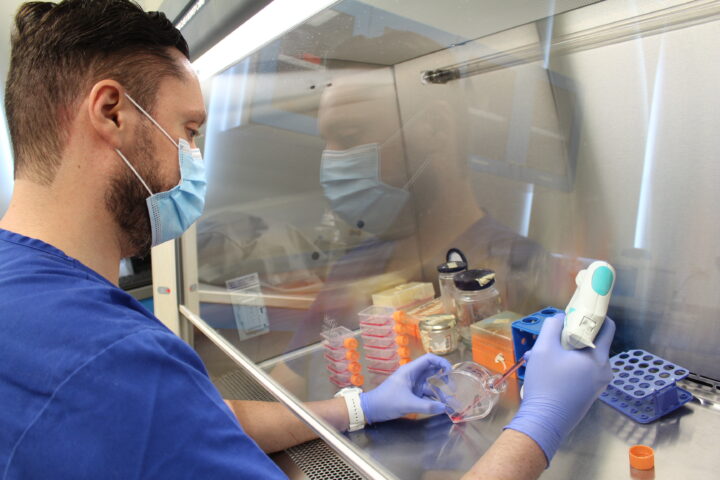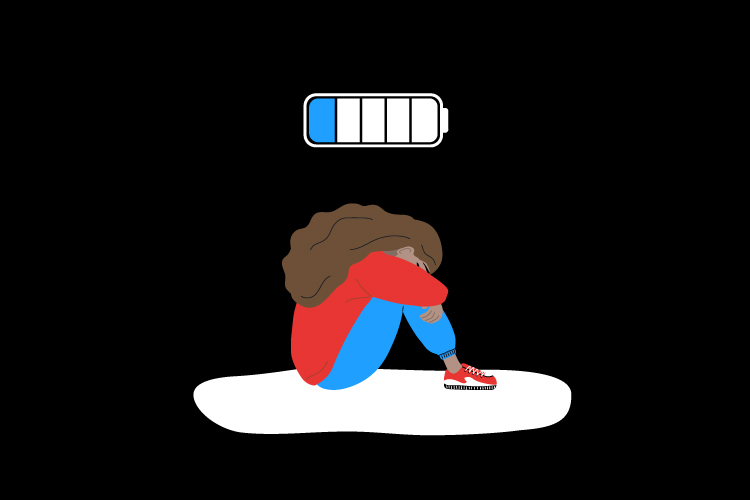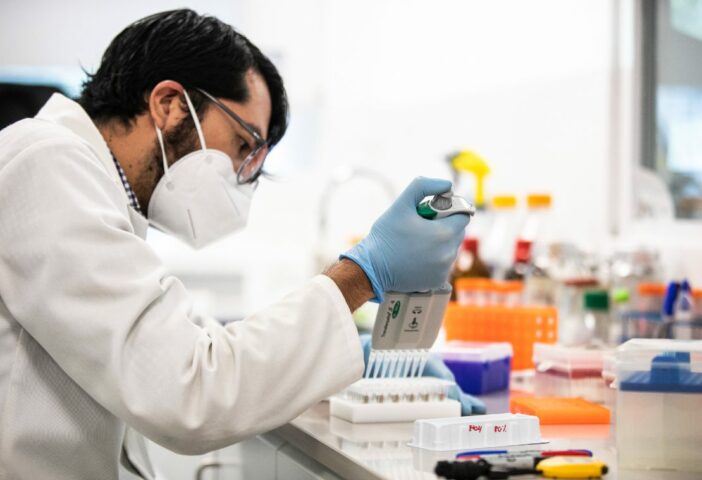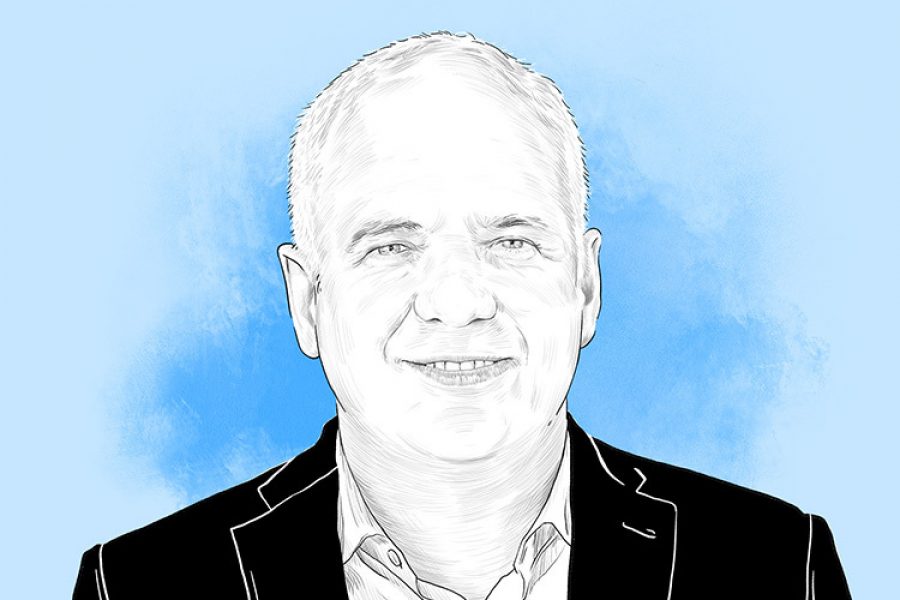The oriGen Project, which seeks to sequence the genomes of 100,000 Mexicans to improve the prevention, diagnosis, and treatment of the diseases that most affect our population, already has some preliminary epidemiological results that indicate that the illnesses we experience are related to the region of the country where we were born.
“Although the project is not designed to make comparisons between regions, it gives us an idea that there are differences between the center-south and the north of the country,” says Pablo Kuri, director of the oriGen Project.
So far, the project has taken blood samples containing DNA and applied health and lifestyle questionnaires to 59,135 volunteers, which is more than half of its final goal. This figure is constantly updated on its website.
For the team behind it, this represents an achievement because, despite the difficulties in getting volunteers to agree to participate, they have been able to advance faster than they expected.
Genetic information has not yet been studied, but they have already analyzed some epidemiological and lifestyle data from the volunteers who participated.
Some of these include the fact that women from the northern region are the ones who suffer the most from obesity and diabetes in the country, while men from the north are the ones who have the most heart attacks.
Regarding lifestyle, some of the most important findings were that men from the north are the ones who consume the most alcohol, while neither sex has more than two days of vigorous physical activity per week.
“This information is not definitive because we still have to sample a bit less than the double of people, but we do have some interesting data,” says Kuri.
Preliminary Results of the oriGen Project
They found preliminary results concerning the most common diseases and conditions in the country’s central, southern, and northern regions.
Mexico City, the State of Mexico, Hidalgo, Michoacán, Puebla, and Tlaxcala are considered for the central-southern region. Chihuahua, Coahuila, Durango, Nuevo León, and Tamaulipas are considered for the northern region.
Regarding obesity, they found that those who live with it the most are females from the north, followed by females from the central-south, then males from the north, with males from the south being the least affected.
Analyzing the prevalence of diabetes, they found that it is higher in females from the north, followed by males from the north, then females from the south, and finally, males from the south.
When studying the frequency of heart attacks, they found that it affects men in the North the most, followed by men in the South, then women in the North, and finally, women in the South.
This contrasts with the incidence of cancer, which is more prevalent in women in the North, followed by women in the South, then men in the North and men in the South.
Finally, analyzing the incidence of hypertension, they found that those who suffer from it the most are men in the north.
Preliminary Results on Habits and Lifestyle
On the other hand, when analyzing some aspects of the lifestyle and habits of the sampled population, they found that males from the north of the country smoke tobacco the most, while females from the south smoke the least.
Regarding alcohol, those who consume it the most are males in the north of the country and those who consume it the least are males from the south.
Analyzing the frequency of physical activity in the population, they found that neither sex has more than two days a week of vigorous physical activity. In comparison, moderate activity can reach up to four days a week.
For Víctor Treviño, the scientific director of oriGen, it is essential to highlight that, so far, the population that the project represents is different from the population pyramid of Mexico. In their pyramid, the majority of the sample is concentrated in people ranging from thirty-five to seventy years of age.
“We are not considering newborns and children, and it is difficult to find people from eighteen to thirty years old in their homes,” says Treviño.
The Genetic Analysis is Missing
The data is not conclusive for now, but for the researchers involved in the project, it makes sense that there are differences in the regions because the habits of the population depend on their proximity to the different borders and how they were colonized over time.
“The ethnic groups that were in the north, compared to those in the south, are different, and we will be able to see that more clearly when we have completed the sample and analyzed the genetic data,” explains Kuri.
One part of the genetic analysis will be carried out at the Zambrano Hellion Hospital, and the other, OriGen signed an agreement with the Regeneron Genetics Center to study the exosomes —bag-shaped structures of cells that contain proteins, as well as portions of DNA and RNA— of the samples taken.
Regeneron has already received 10,000 DNA samples, and oriGen expects to analyze about 1,500 by November of this year.
OriGen a Medium and Long-Term Project
For Kuri, it is important to clarify that the project’s progress is positive, but we should not confuse what it means with what it is designed for.
The main idea is to have a genetic, epidemiological, and lifestyle database representative of the adult Mexican population so that different research groups can use it to answer questions later.
These could be as diverse as finding out why a disease is more prevalent in a place or what medicine works best for a specific condition.
There will be subprojects or protocols inside and outside OriGen, and the sample size will depend on each one’s methodological design. “The 100,000 are not going to be analyzed individually; there will be groups that may study a sample of five hundred or five thousand, depending on what they want to study,” Kuri clarifies.
However, according to him, OriGen is one of twenty or thirty projects with such large population samples.
“With a project of this magnitude, what happens is that you start publishing in high-impact journals and interacting with research groups that have carried out similar projects, such as in England, Russia, China, the United States, or Canada,” says Kuri.
In the future, over the years, researchers hope that OriGen will continue to be fruitful and contribute to improving the health of the Mexican population. As with everything good, it is worth the wait.
Were you interested in this story? Do you want to publish it? Contact our content editor to learn more marianaleonm@tec.mx




















